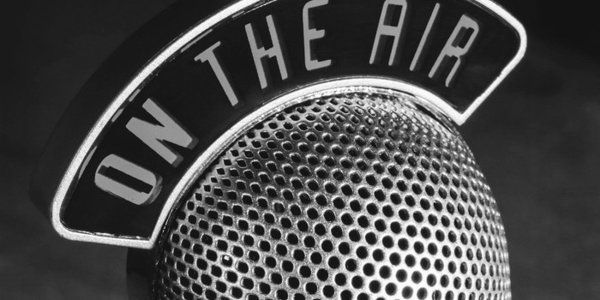CJRW@SXSW 2019: The audio comeback and honoring your brand fan
by March 14, 2019 1:59 pm 319 views

Editor’s note: CJRW’s team of professionals will be providing Talk Business & Politics a daily roundup of activity from this year’s SXSW festival in Austin, Texas. The reporting crew consists of:
Wade McCune – Creative Director
Brian Kratkiewicz – Director of Media and Innovation
Chris Ho – Director of Digital and Interactive Services
Katherine Vasilos – Account Executive
Josh Walker – CJRW Digital Content Writer
At SXSW, it’s easy to get lost in the future. This week we’ve heard about how AI is taking over the world, how we’ll colonize Mars, how augmented reality is quickly becoming an actual reality, and so on.
Some of tomorrow’s biggest trends, however, come directly from the past. For proof, visit your nearest record store.
On our fourth and final day in Austin, we heard about the comeback of the podcast, and we got some great info about fandoms, how to understand yours and how to treat your audience accordingly. Here are the high points from our final day.
THE AUDIO COMEBACK
Investing in voice and sound is a popular topic at SXSW — and we can see why. Humans spend the same amount of time on audio that they do on video. Today, we heard from some of the best audio and podcasting leaders in the business: Spotify’s Chief Content Officer Dawn Ostroff, Gimlet’s President Matthew Lieber, and Anchor’s CEO Michael Mignano.
So, what advertising advice did these podcast gurus have for brands?
“The ad should feel incremental to the listening experience,” says Lieber with Gimlet. “All ads you hear on Gimlet are made by an in-house audio agency or read by the host of show. Ads are dynamically integrated and feel native.”
By 2020, it’s estimated that audio advertising will bring in $659 million in ad sales. Audio is a relevant medium, and companies want access to it because it builds brand affinity with a captive audience.
Spotify’s Ostroff put it this way: “It’s incredible to see how engaged people are with this content. They spend more time with us and audio than any visual medium.”
HONORING YOUR BRAND FAN
Honor the fan. Grow the brand.
That’s the philosophy that Nicole Portwood with Mountain Dew says should be at the core of every company marketing strategy. Mountain Dew has found its fandom (core base) in the gaming community and works to deploy strategies that promote love and aim to maintain that relationship.
What is the anatomy of a fandom?
● Uber Fans – They are invested in your success.
●. Enthusiasts – They have an emotional connection with your brand.
●. Functional Fans – They simply like you.
For brand marketers, there are three jobs to do:
●. Feed the uber fan — Be honest, validate their choices and co-create with them. “They are your evangelists,” says Portwood.
●. Move them to the center — Expose them to every good part of the brand and drive emotional connections.
●. Recruit from white space — Never stop finding fans and giving them reasons to love you.
How does Mountain Dew feed their uber fans? One example is with boxes of love (and swag!) that they send to real, everyday fans who share their love of Mountain Dew on social platforms — not just professional influencers with thousands of followers.
Portwood says every single business should keep one thing in mind: recognize the humanity in every individual whether they are your fan, your team member, or a vendor. Your brand will benefit from keeping a core purpose of love in mind.
